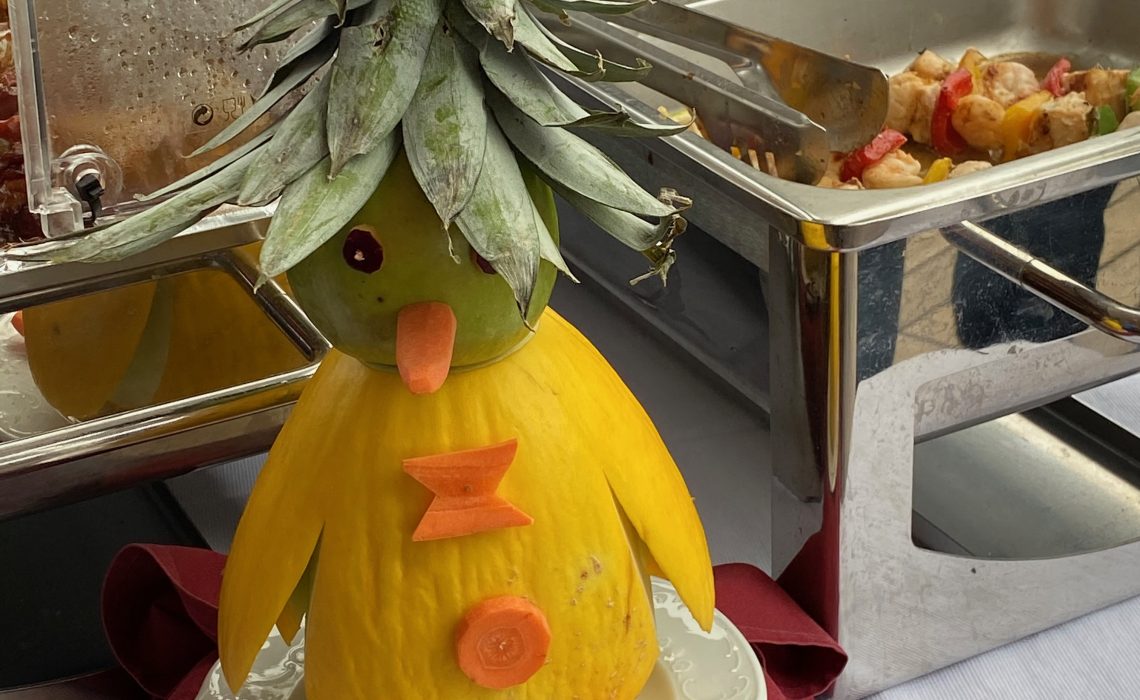
Bio Security and the South Georgia Habitat Restoration Project
Onboard our Polar Latitudes trip to Falkland Islands, South Georgia and Antarctica full focus was on the precious environment we were in and minimising our impact such as we could. Onboard the ship many things were already in place. No plastics, water stations and refillable bottles, bio-digester for food waste and pre-shore visit lectures with IAATO guidelines to adhere to. No food to be taken ashore and critical to ensure everything you went with came back with you. Humour is a great way to deliver these messages, and our team of guides were excellent on this score!
But for South Georgia and Antarctica there was much more, and here is why….
(Audio file intro above, if you want to hear my voice!)
A Little Bit of South Georgia History
Discovered around 1675, the first landing, as far as we know, was by Captain James Cook in 1775. From then onwards, visiting ships and then later the whalers and sealers ships coming into the island’s several whaling bases, began to introduce rats and mice. So for approximately 200 years, these rodents set about destroying the ground nesting birds, eating the young and the eggs, rendering birds such as the South Georgia pipit and the South Georgia pintail, both endemic to the island, nearly extinct.
The introduction of Deer from Norway, both for food and hunting, during the whaling times (1909 – 1964) didn’t help the matter as they proceeded to eat their way through the islands 25/6 native vascular plants!
Let’s remember South Georgia is a wildlife haven. Hard to describe unless you are stood on that beach having your own ‘David Attenborough moment’.
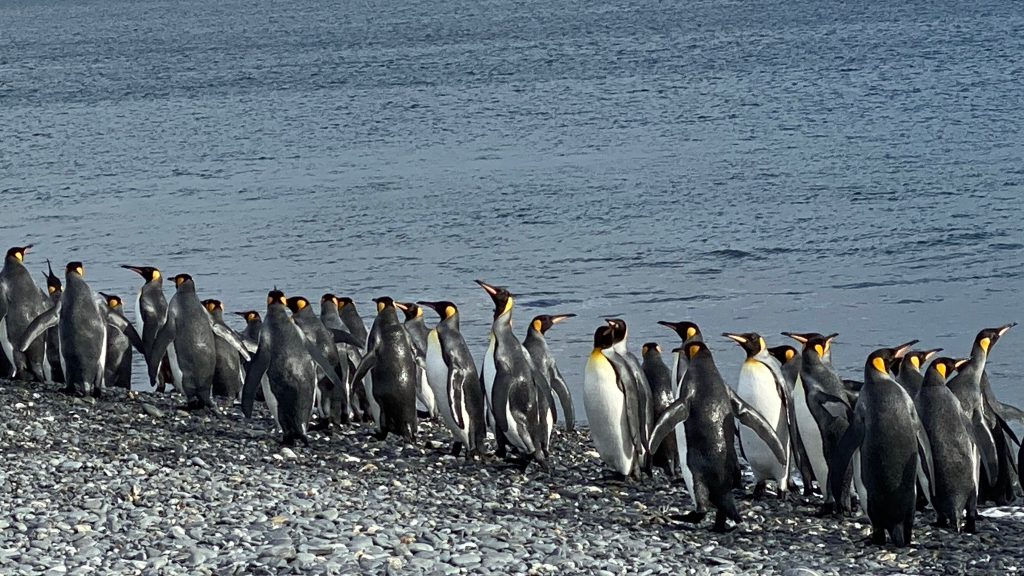
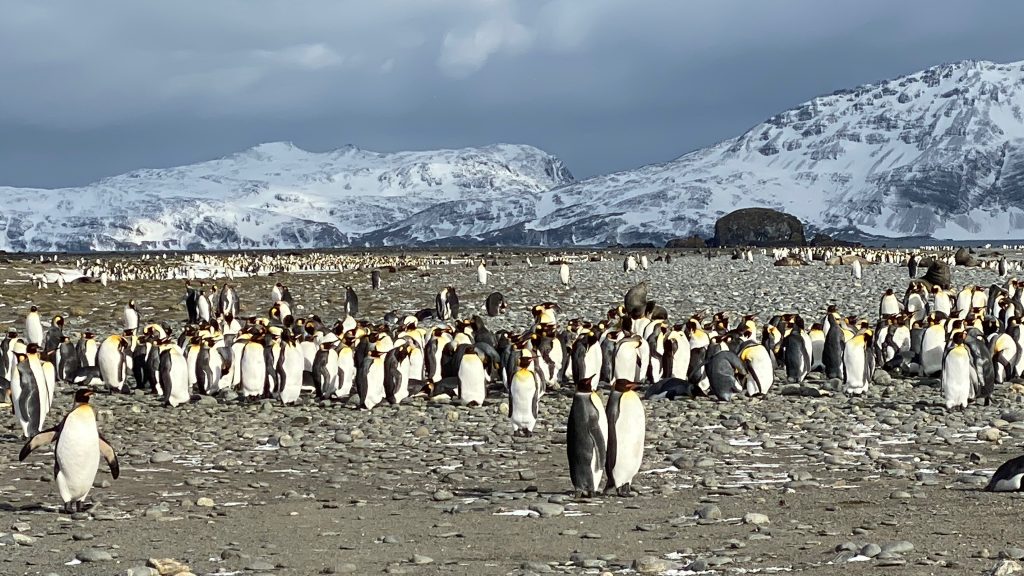
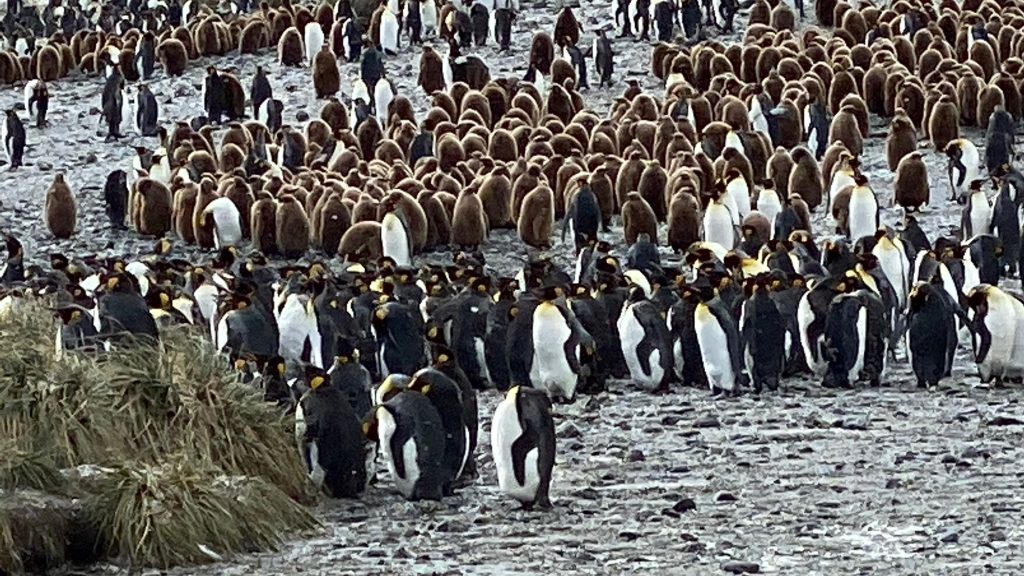
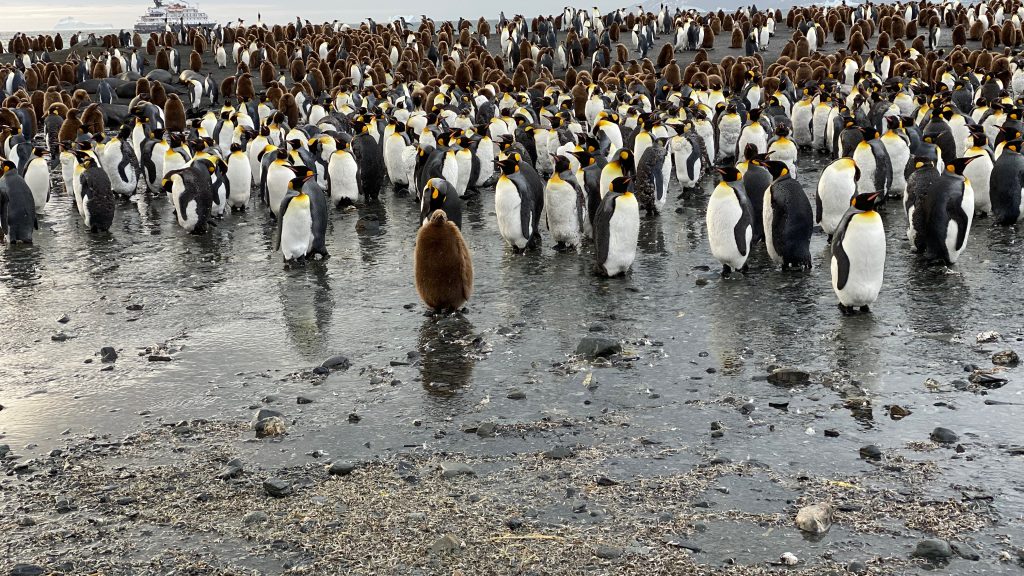
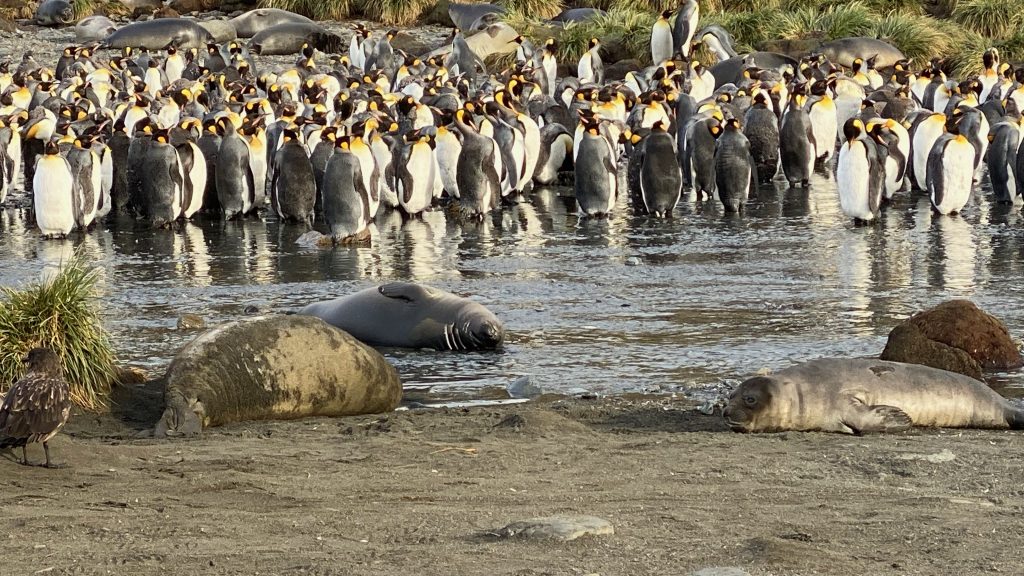
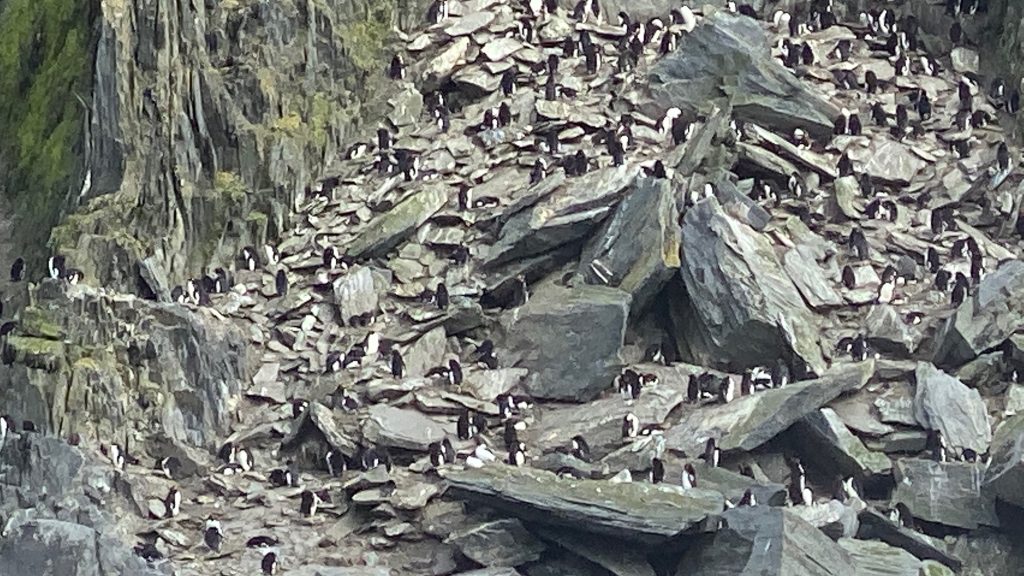
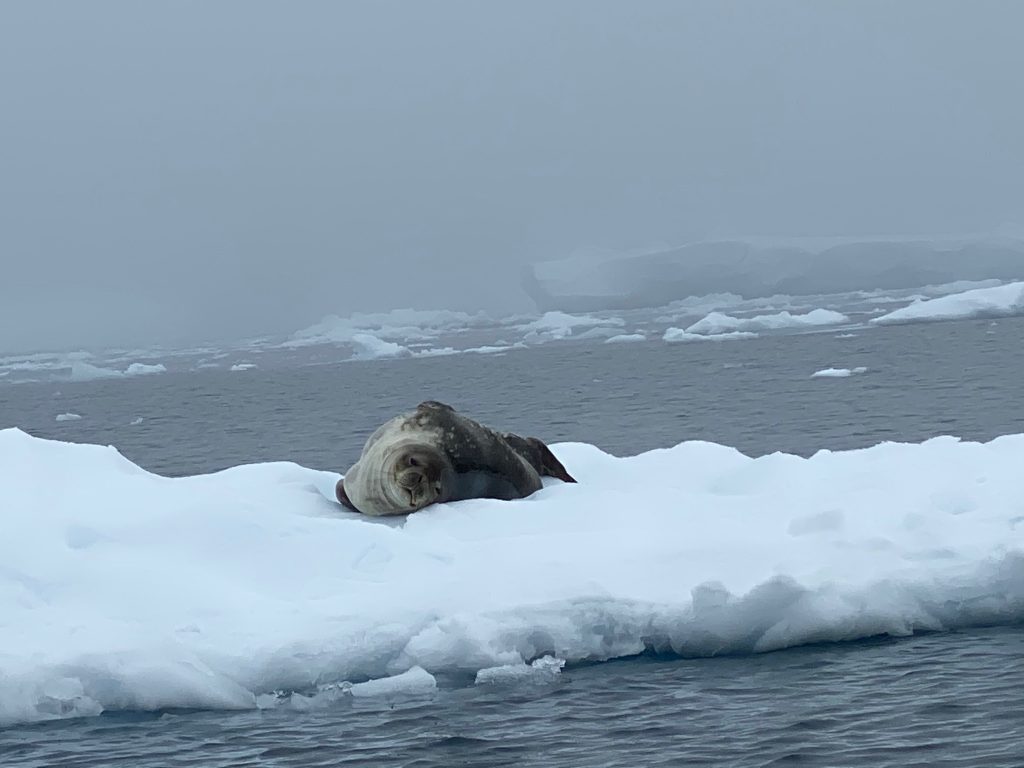
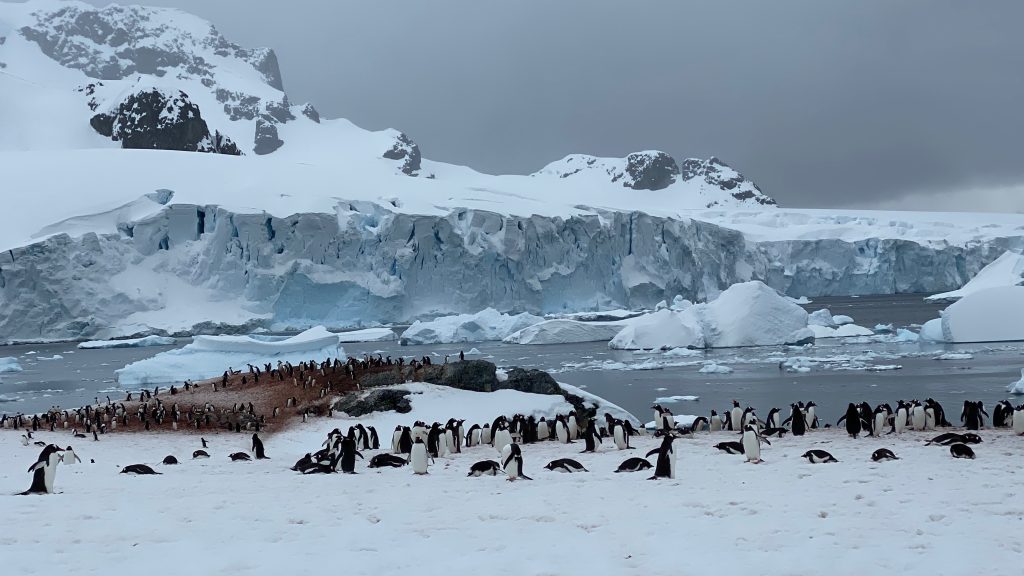
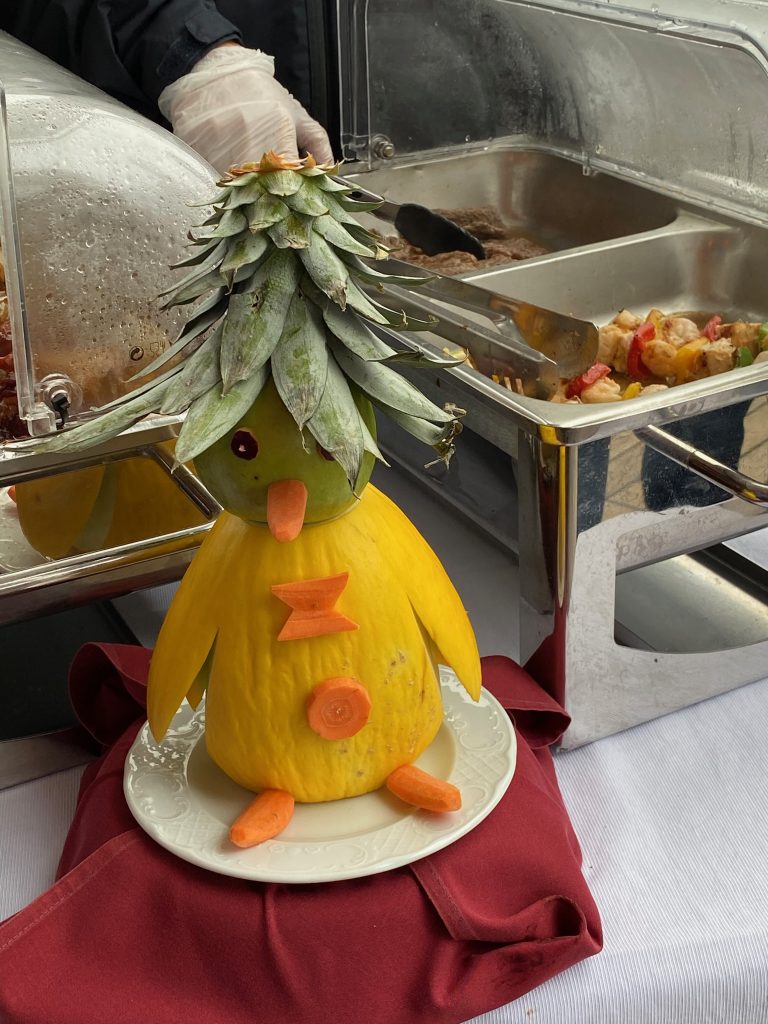
Do you enjoy my writing?: Always optional, though Donating even a small amount occasionally, enables me to continue to be another voice for the environment, supporting organisations focussed on conservation and restoration through my blogs, video’s, giving my time on committees, raising awareness. Click on the Donate button, top right hand side of the page for more information on how I am contributing and why your donation counts.
The Habitat Restoration Project
Led by South Georgia Heritage Trust (SGHT) and Friends of South Georgia Island, once funds had been raised, which took several years, they embarked on a 5 year long rodent eradication starting in 2011. By 2015, using aerial baiting, the programme was complete, all fingers and toes were crossed.
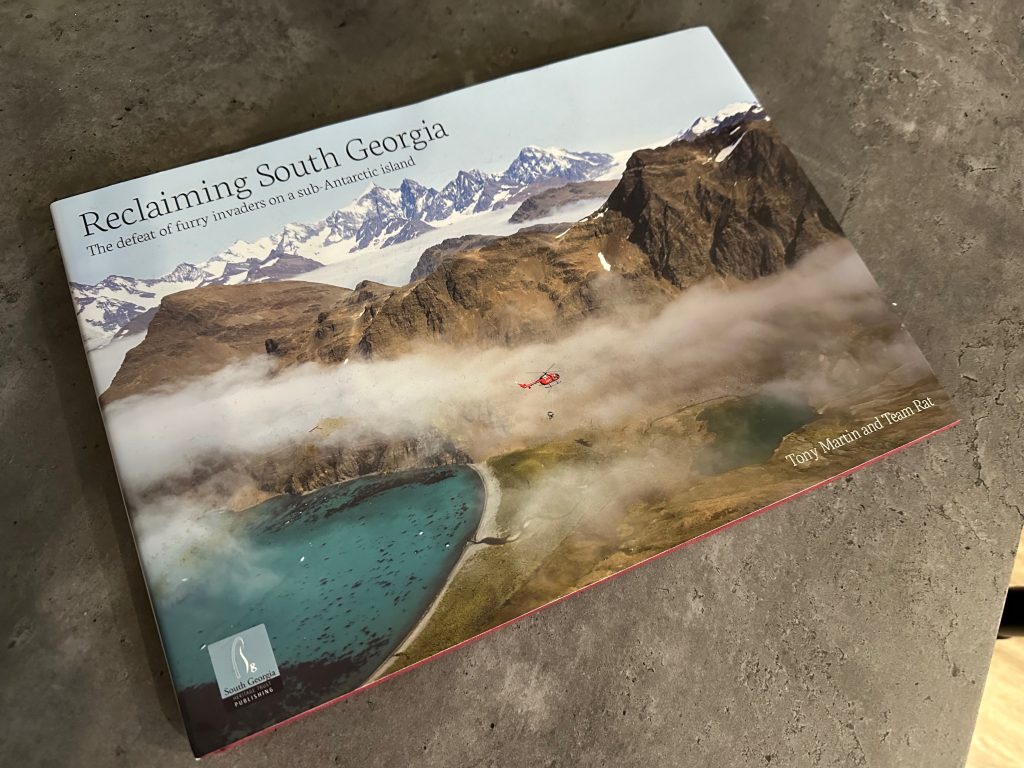
During the 2017/18 season they carried out extensive monitoring surveys and were welcomed with evidence of the bird population recovering, with both organisations along with the Government of South Georgia & South Sandwich Islands, declaring South Georgia rodent free. And not just the bird life, but the native plants were returning too.
A huge effort, supported worldwide but carried out by essentially a very small, dedicated team. Just see what we CAN do if we put our minds to it!
This is a fabulous book, tells the full story, and you can buy it on the SGHT’s online shop. And you can read all about the Habitat Restoration project here.
BUT ITS NOT THE END OF THE STORY!
Ok, so now how do they KEEP the island rodent free? Well two programmes.
Bio Security
Full cleaning and kit inspection. Literally using a straightened paperclip to clean every speck off your boots and every tiny seed or whatever, from trousers and jackets. Well the jackets were easier for the guests, as we are provided with new bright red jackets! Waterproof leggings, not so easy, especially those velcro fastenings! The point is not to introduce any non-native plant life nor take any disease etc onto the island. We were inspected too!
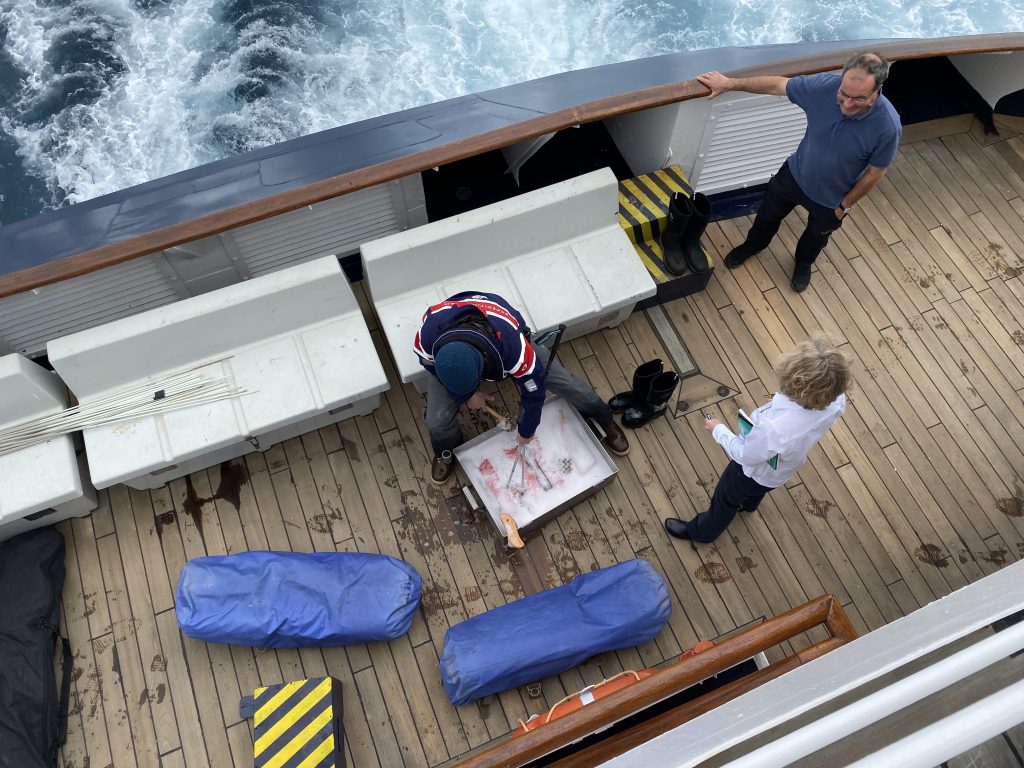
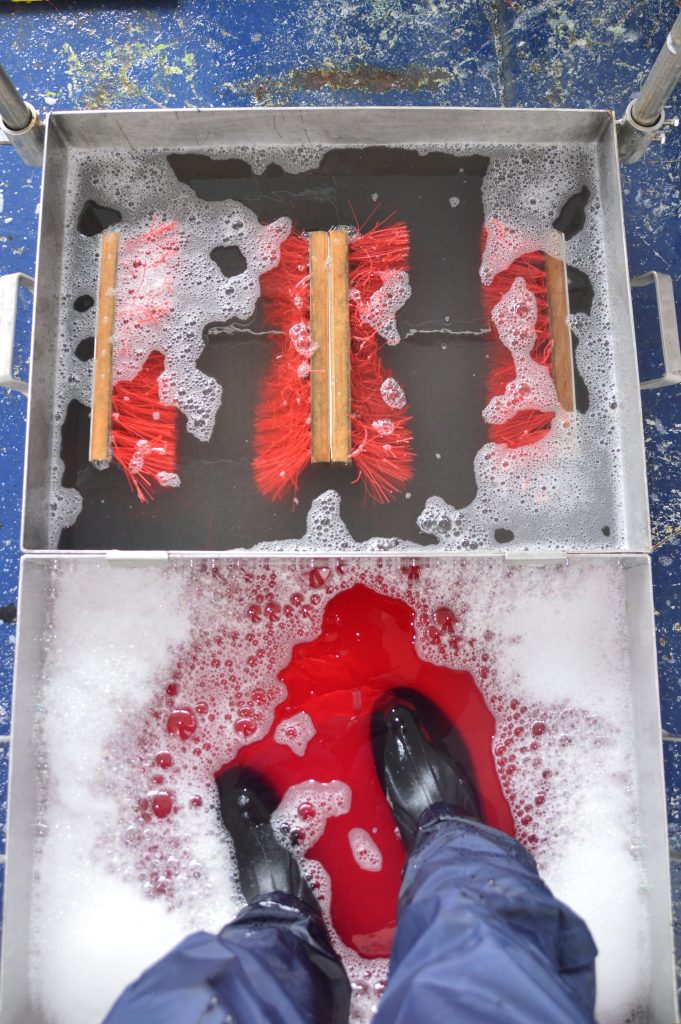
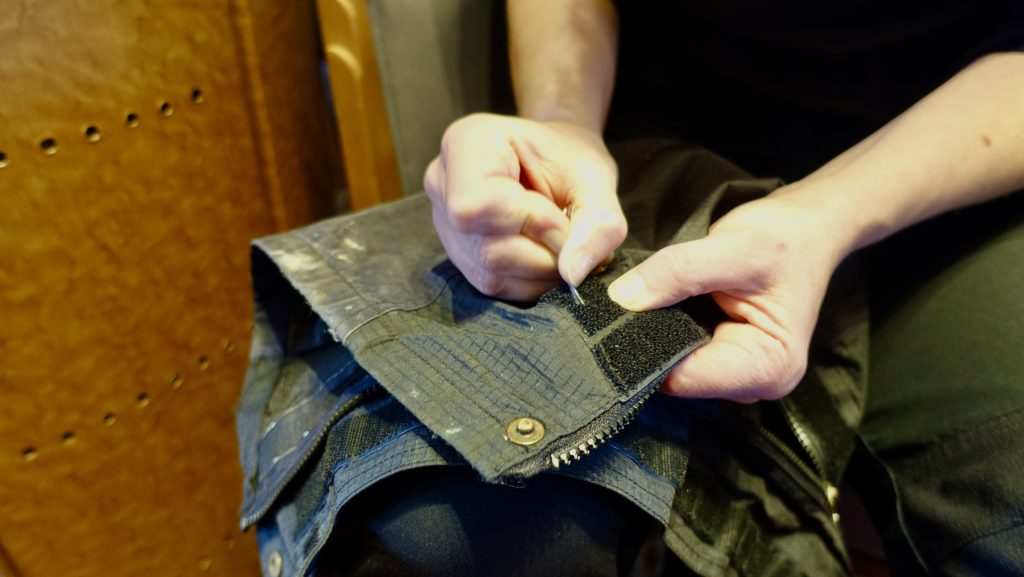
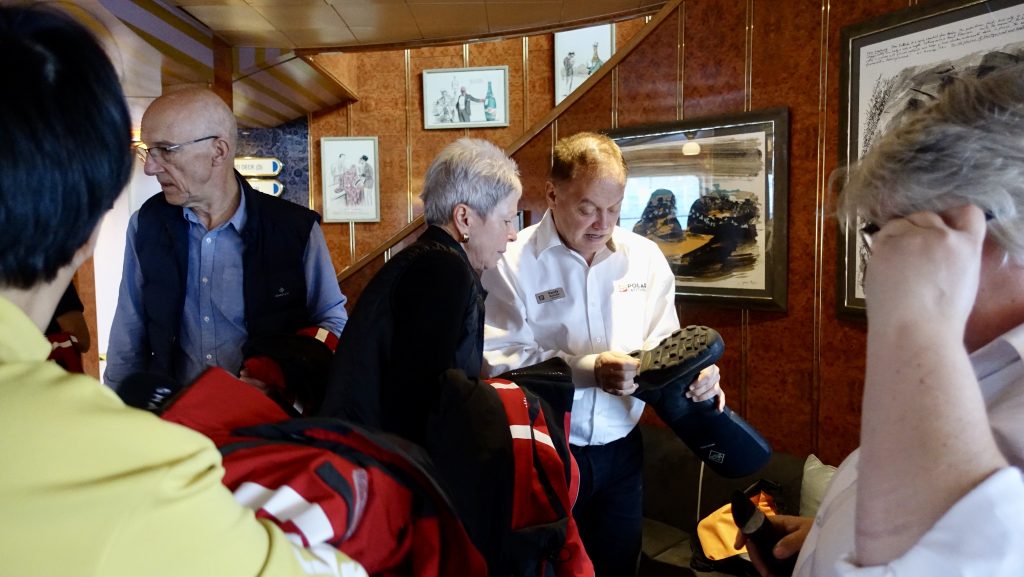
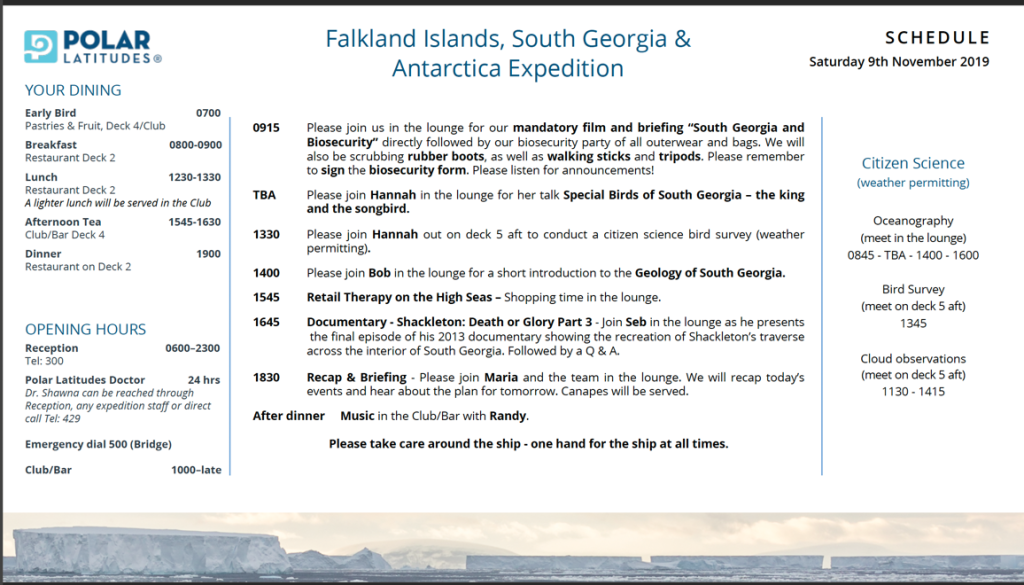
Both on and off the boat, we cleaned our boots and they went through sanitisation. Taken extremely seriously, which is brilliant.
With the recent announcements that Avian flu has reached South Georgia, detected in the brown skuas, elephant and fur seals this is even more critical. The British Antarctic Survey report here has more details.
Sammy the Dog, Rat Detector Extraordinaire!
There is now a permanent rodent detection dog programme in place, based out of the Falkland Islands following initial successful trials and every vessel South Georgia bound is checked. In fact there are two dogs now, at least, Sammy and Hunter! You can find out a lot more on the websites of SGHT and Friends of South Georgia too and if you are on social media you might have seen the recent ‘Diary of Hunter the Biosecurity Dog’ LinkedIn posts, very informative and lots of fun.
P.S. Please don’t ask me what happened to the Reindeer!

Go Sammy & Hunter!! South Georgia Island is a wonder worth preserving in every way. Islands can be pristine and yet so vulnerable to outside invaders. When I arrived at Auckland, New Zealand airport, I was asked if I had any camping equipment or hiking boots and if so, when they had last been sanitized. Ha! – Never. So they took my hiking boots away and they came back in a sterilized plastic bag. Kiwis are serious about protecting their beautiful island, as well as the South Georgians.
That’s so good to know Carla! How interesting, but of course pretty sensible of the Kiwis!